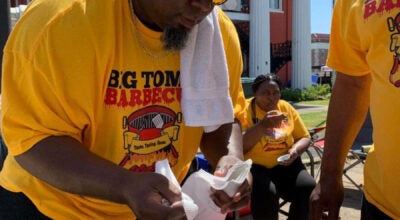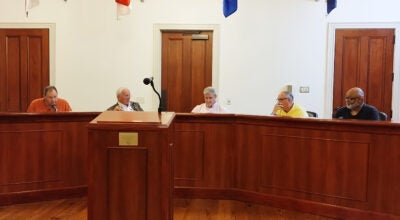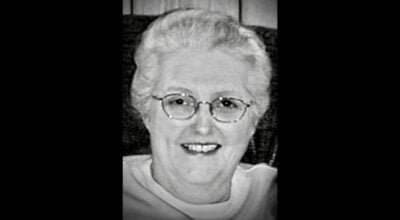‘Rhae of hope’ an inspiration to her family
Published 11:47 pm Friday, January 23, 2009
We often take having healthy babies for granted. We hear about babies born with abnormalities or birth defects and feel bad for the parents, but in our minds, it is still something that happens to “other people” — until it hits home.
Rhae Busby was born with osteogenesis imperfecta (OI), a genetic disorder characterized by bones that break easily. It is often called “brittle bone disease.” The disease is classified into eight types, ranging in severity and symptoms. Rhae was born with Type II, the most severe form of OI, and was not expected to be born alive, much less live long after birth.
“They say that only one out of every 600,000 births results in OI,” said Rhae’s mother, Dana Busby. “They estimate that 25,000 to 50,000 people in the United States has it.”
Dana found out when she was 22 weeks pregnant that something was wrong. She went to her doctor, Dr. Ronnie Chu, and he ordered an ultrasound. The technician found that Rhae’s legs were six weeks behind in development.
“We thought it was dwarfism or something like that,” Dana said. “He set me up with a targeted ultrasound in Birmingham the next week. We found out that she had some broken bones at that point. Four weeks later, when we went back for an ultrasound, that’s when we got the definitive diagnosis of OI.”
Rhae suffered from broke bones several times while still in the womb, and was actually born with broken bones. Her bones are so brittle that they can break with the least amount of pressure.
“She has broken ribs coughing,” Dana said. “She’s broken both arms at one time, when she was three weeks old. I put her down for a nap, and she woke up with broken arms, and we don’t have a clue as to how it happened.
“We have to be careful how we handle her. We do physical therapy twice a month and do it ourselves here at home. She has had 30 broken bones that we know of, and that doesn’t include spinal compressions.”
Rhae receives pamidronate every eight weeks, a bisphosphonate associated with medicines that adults take for osteoporosis. Dana said that treatment increases the density of Rhae’s bones and decreases the risk of fracture.
Now nine months old — perhaps nine months older than she was expected to be — Rhae’s future is not certain.
“All of her long bones — her arm bones and her leg bones — are bowed,” Dana said. “It’s hard to see now, because she’s so young, but as she gets older, her deformities will be more obvious. Some of her bones are in the shape of a C, and some others look like a telephone receiver. They all have a curve to them; none of them are straight.
“The bones at her ankles are the worst. Her right one turns all the way in, so that her foot won’t sit flat. Her doctor said that will be her one biggest obstacle to walking. Some kids like this never walk, and most of those who do walk wait. She hasn’t even started crawling yet.”
Dana said that later in Rhae’s life, they will likely insert rods into her long bones to help provide structure so they bones won’t break as much.
While every child is a parent’s blessing, Dana said that Rhae has taught her and her family — her father, Jay, and her brother, Aiden — a lot.
“She has a spirit that you just wouldn’t expect out of a baby,” she said. “She has taught all of us so much. I would take her disease away to keep her from having pain, of course, but it sort of makes her who she is.”





